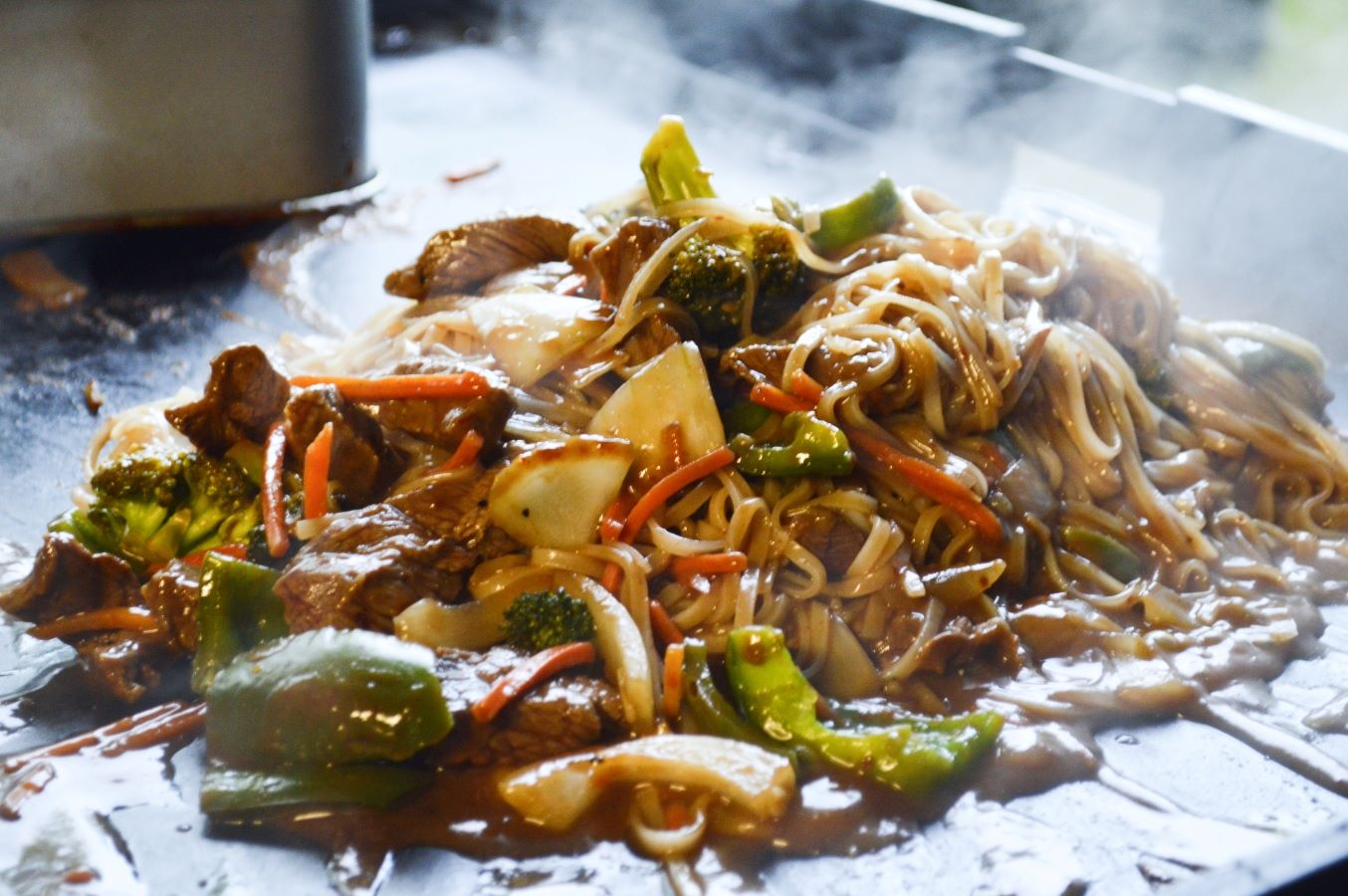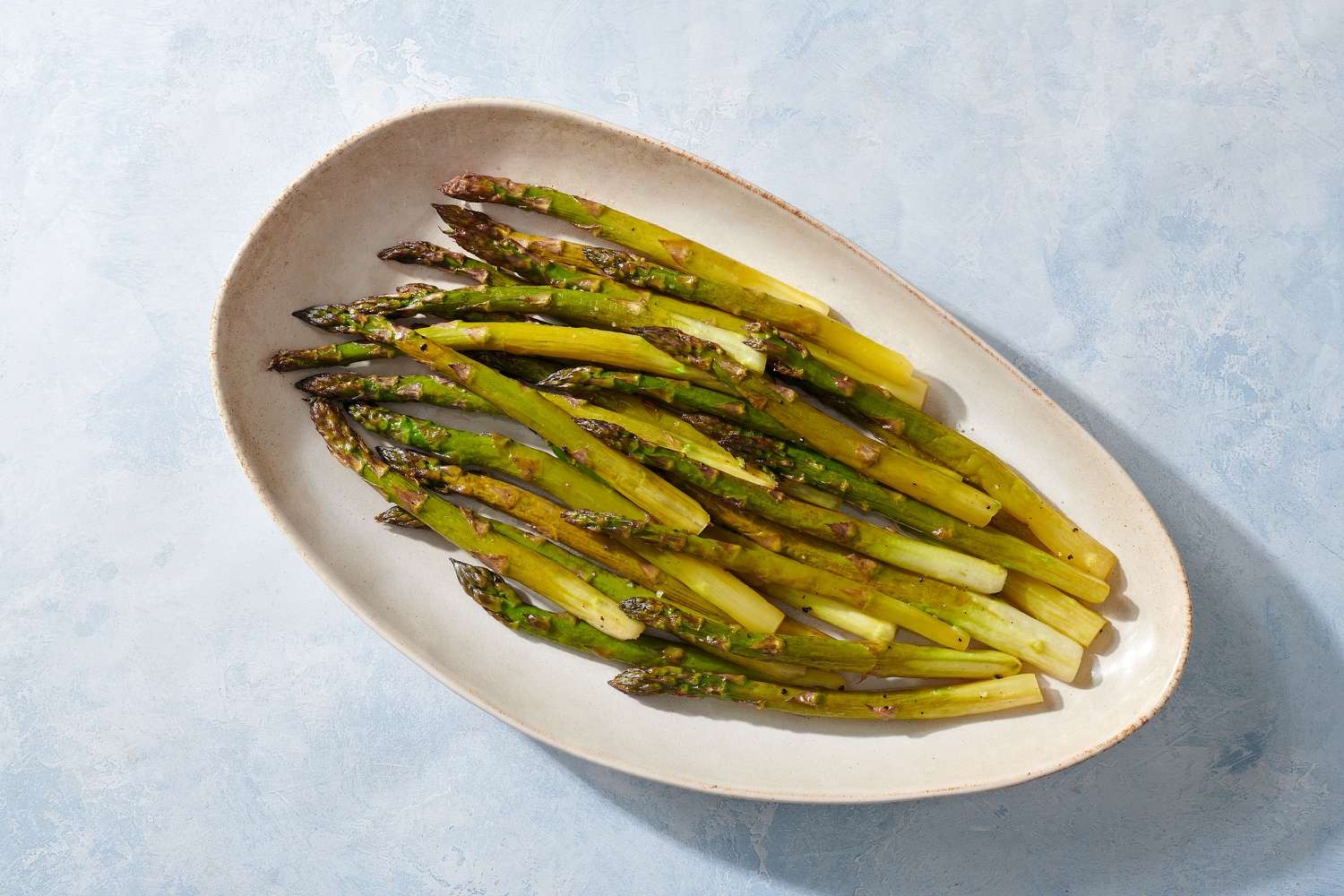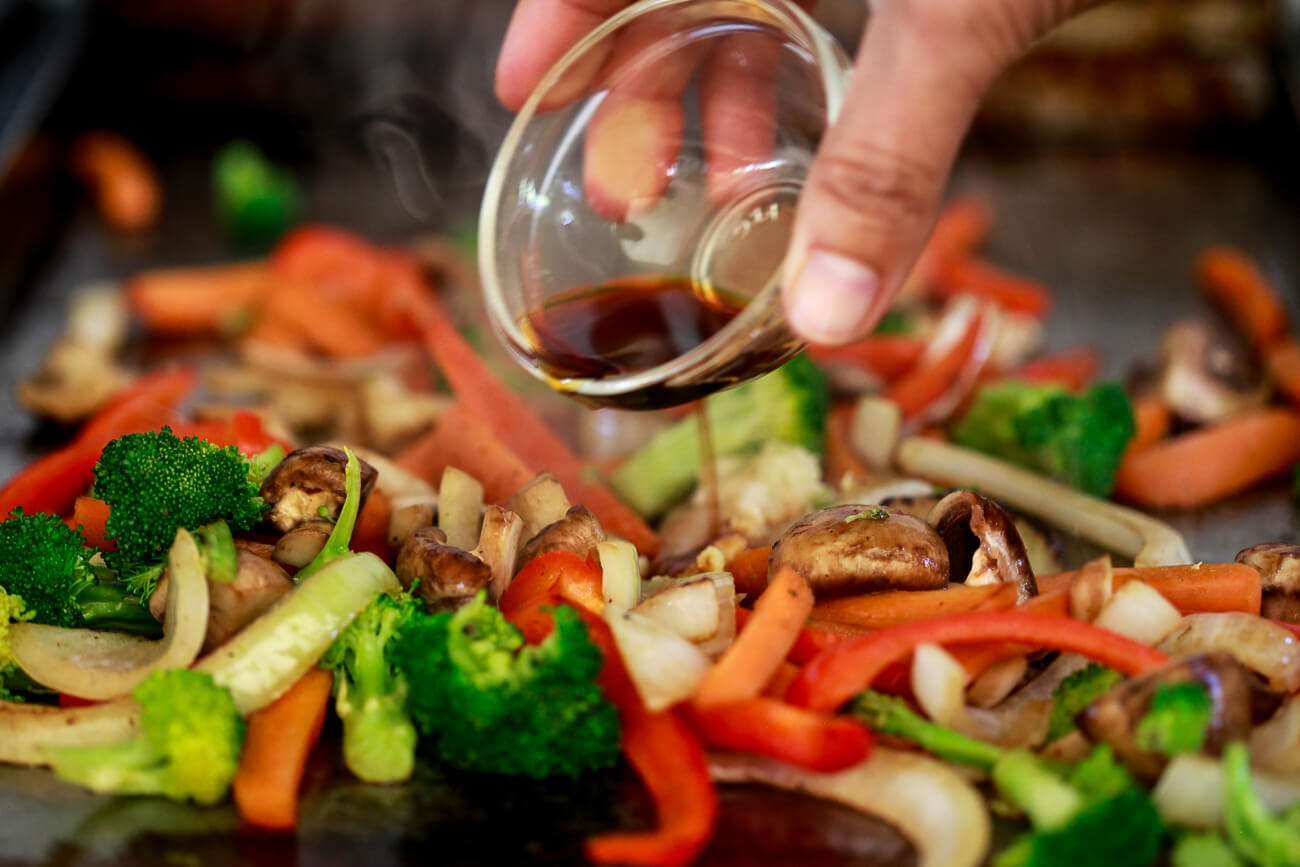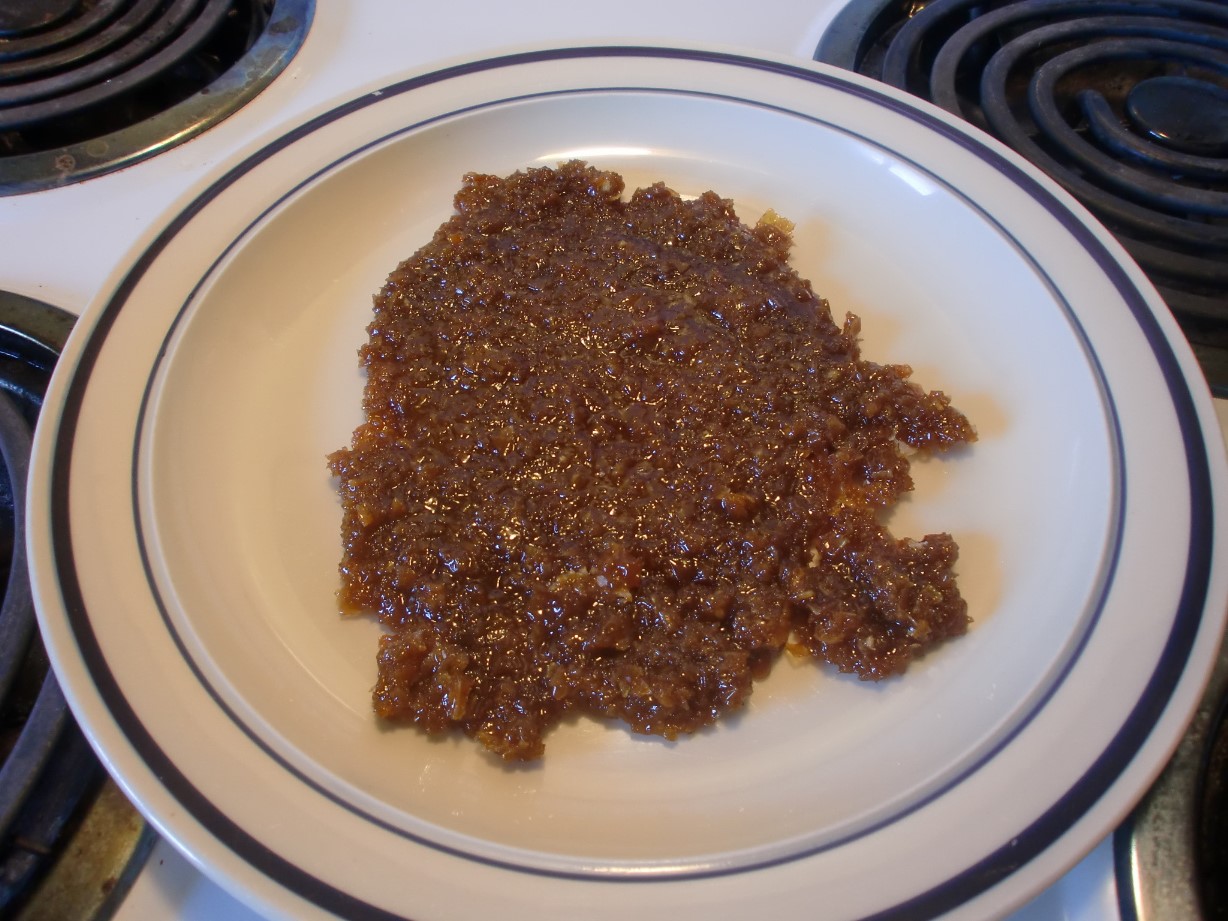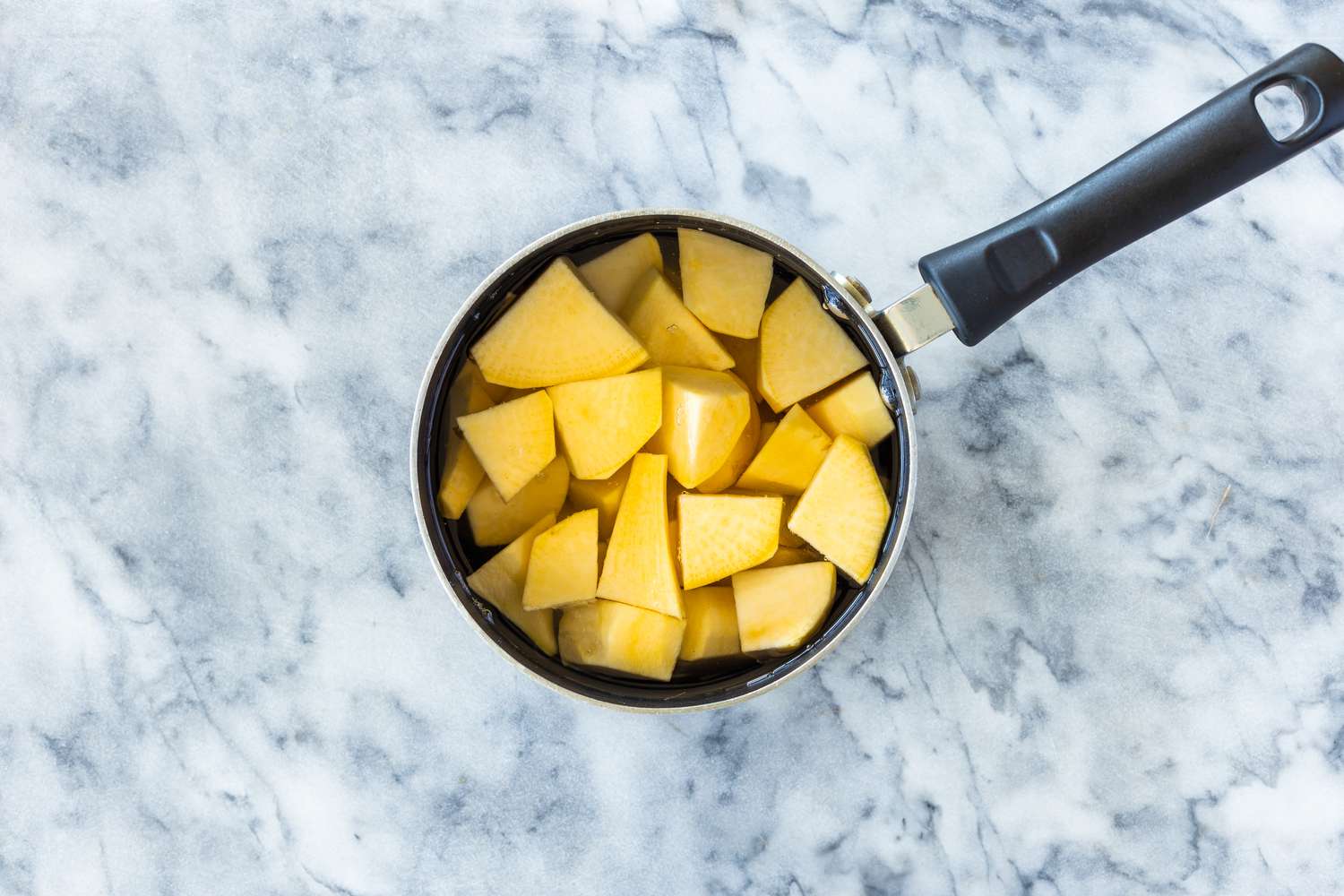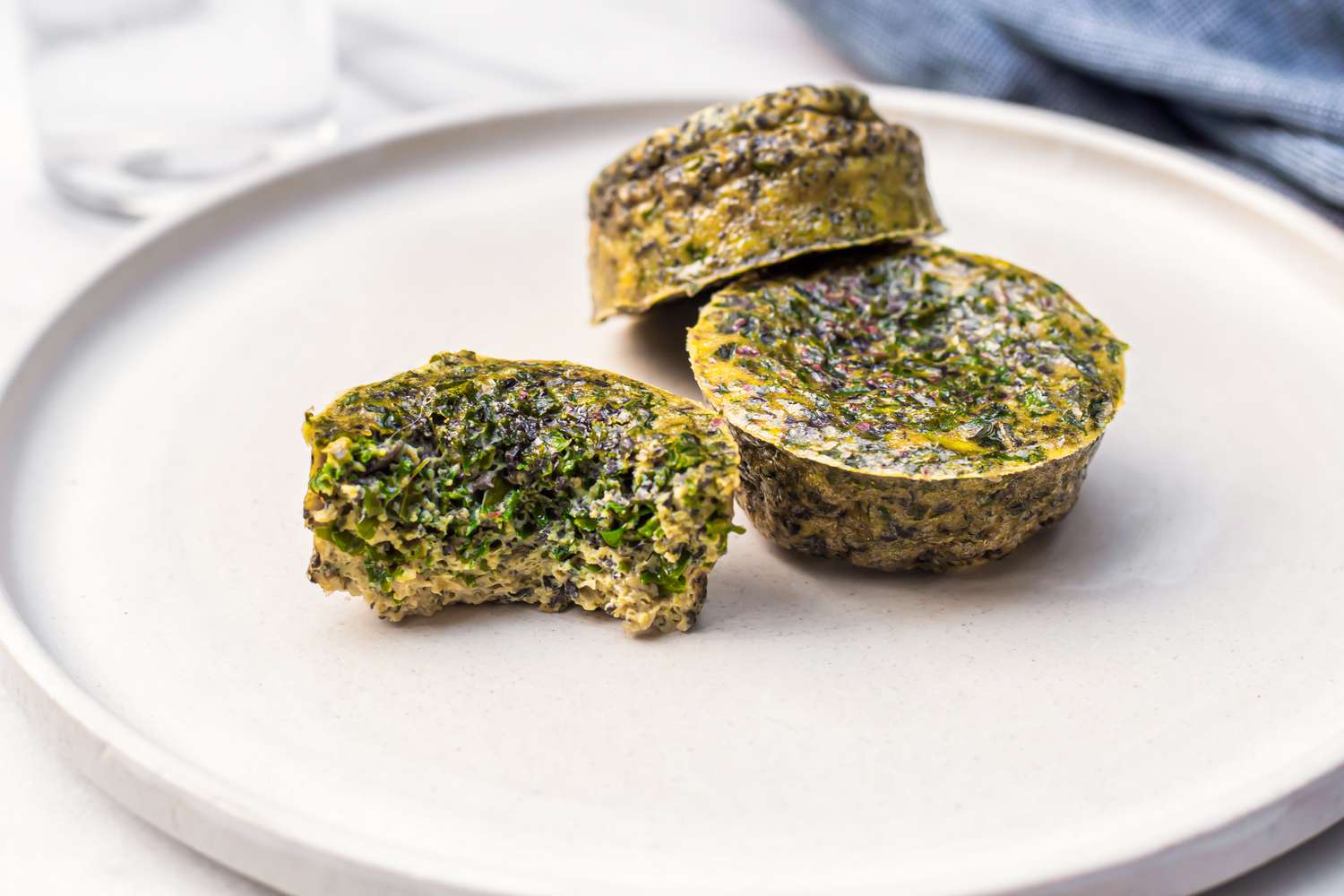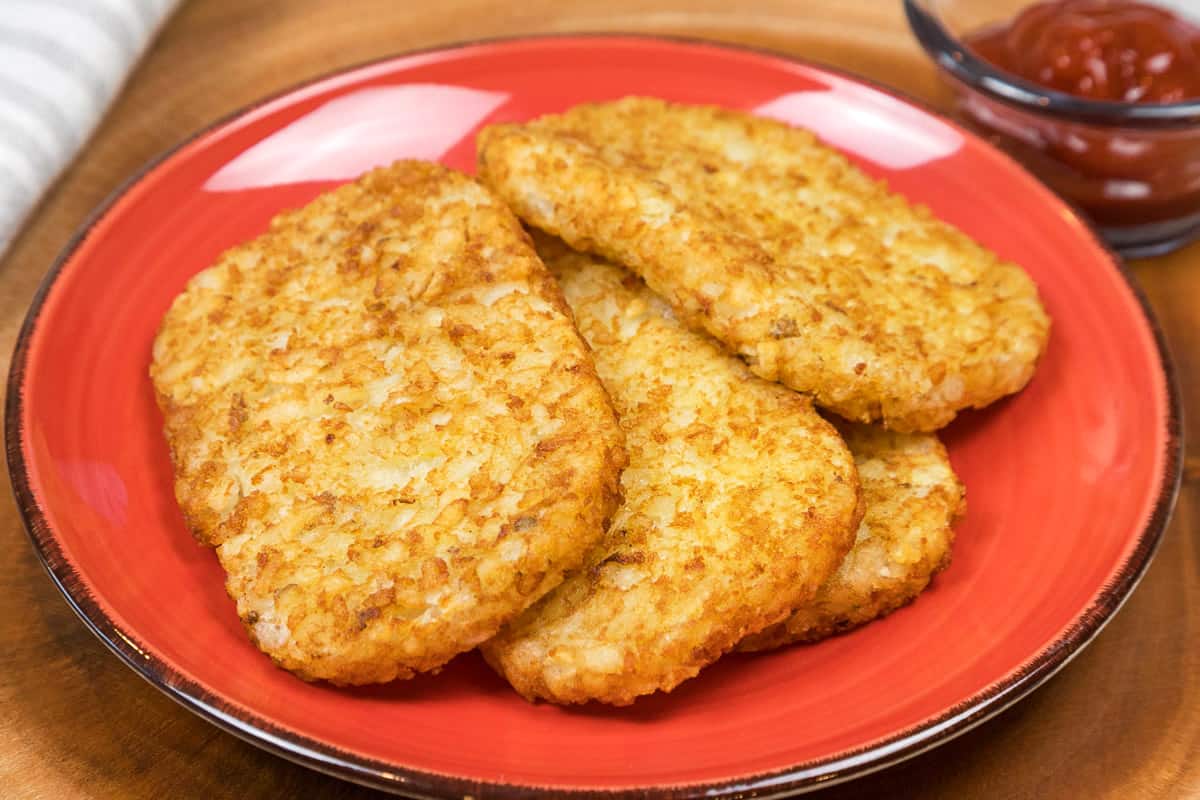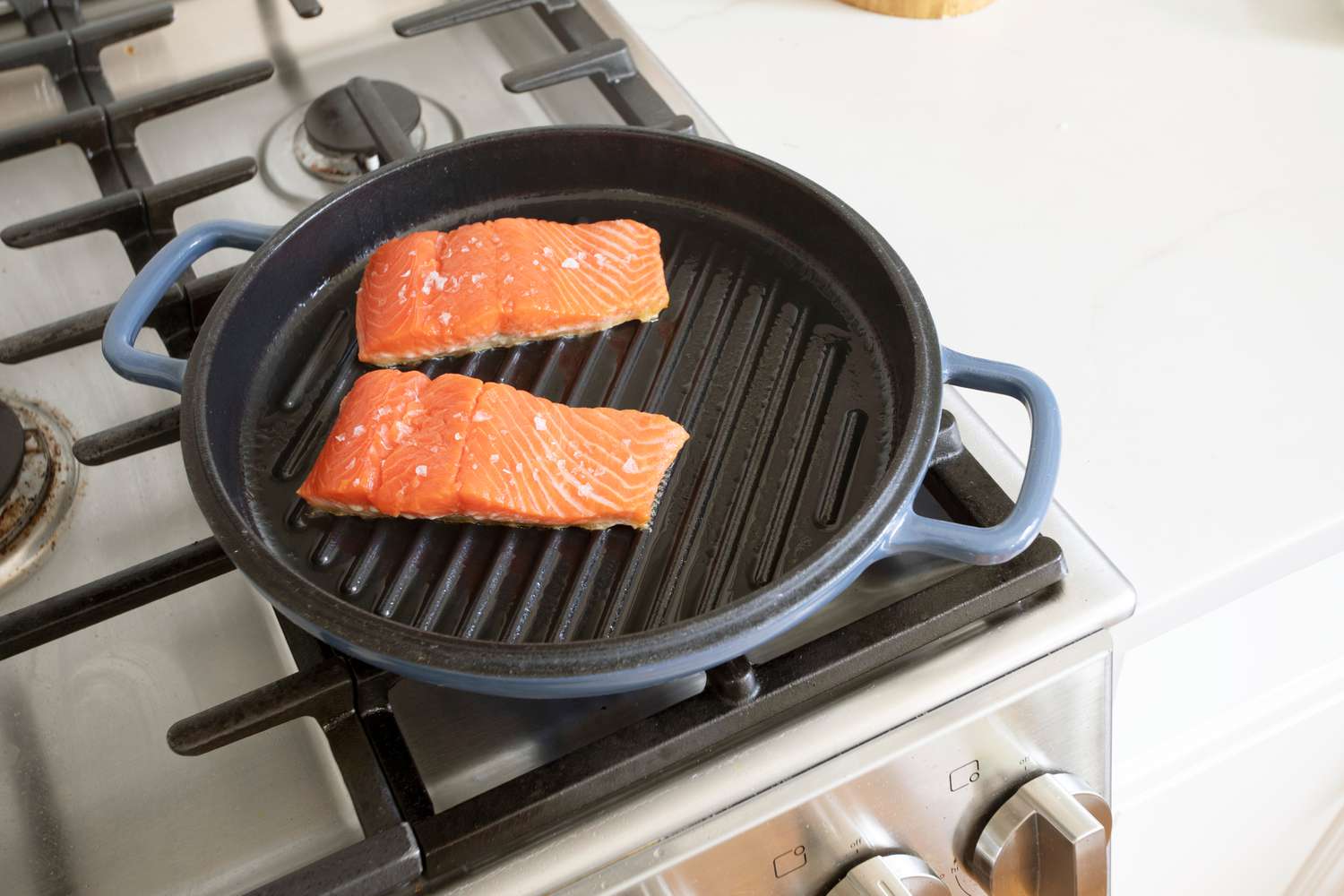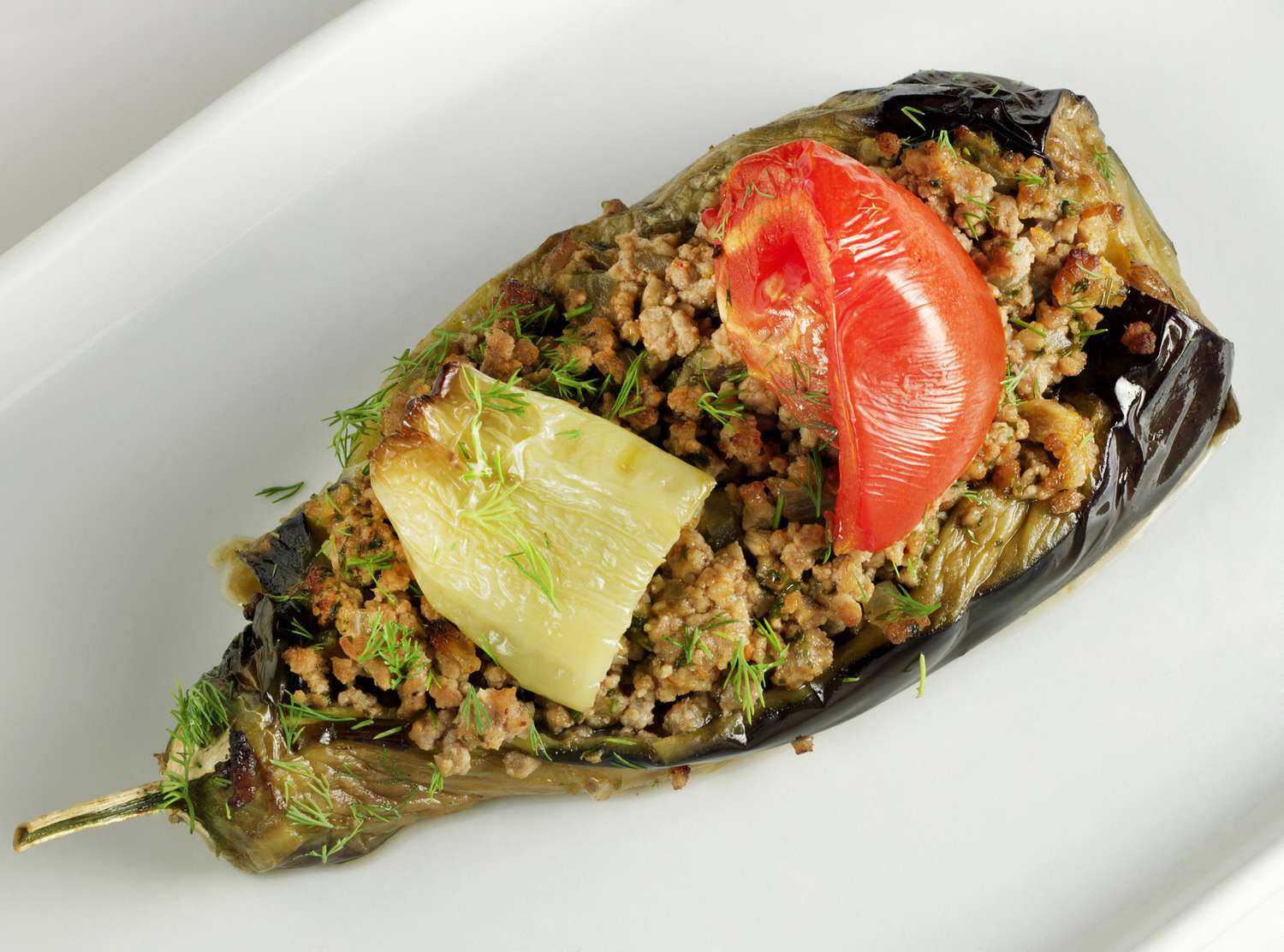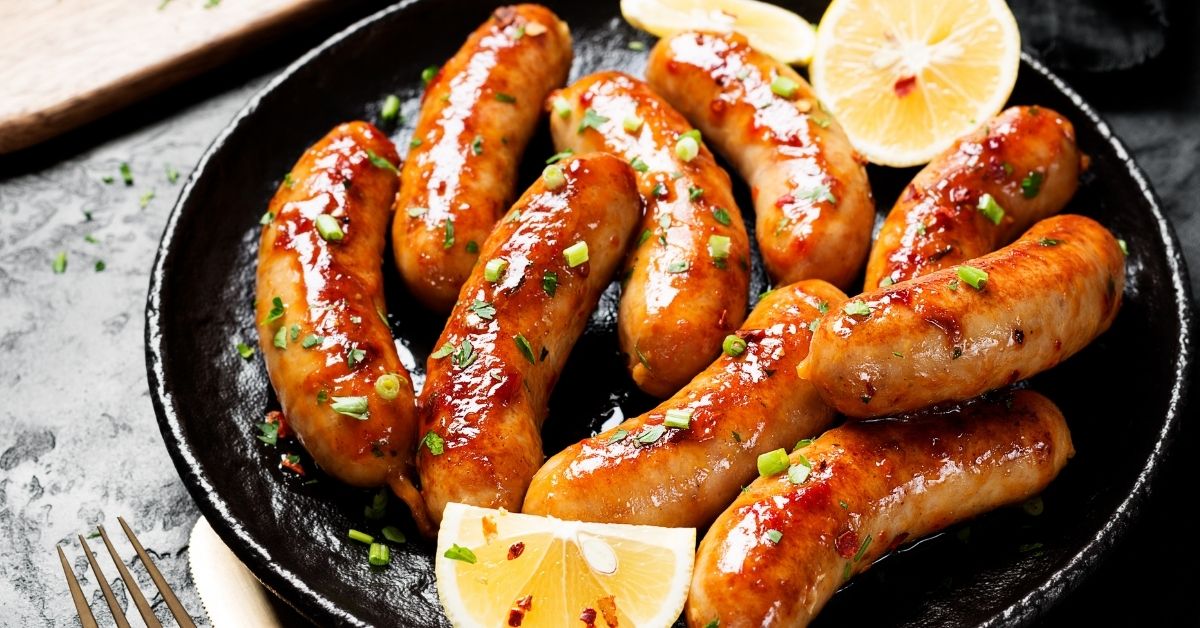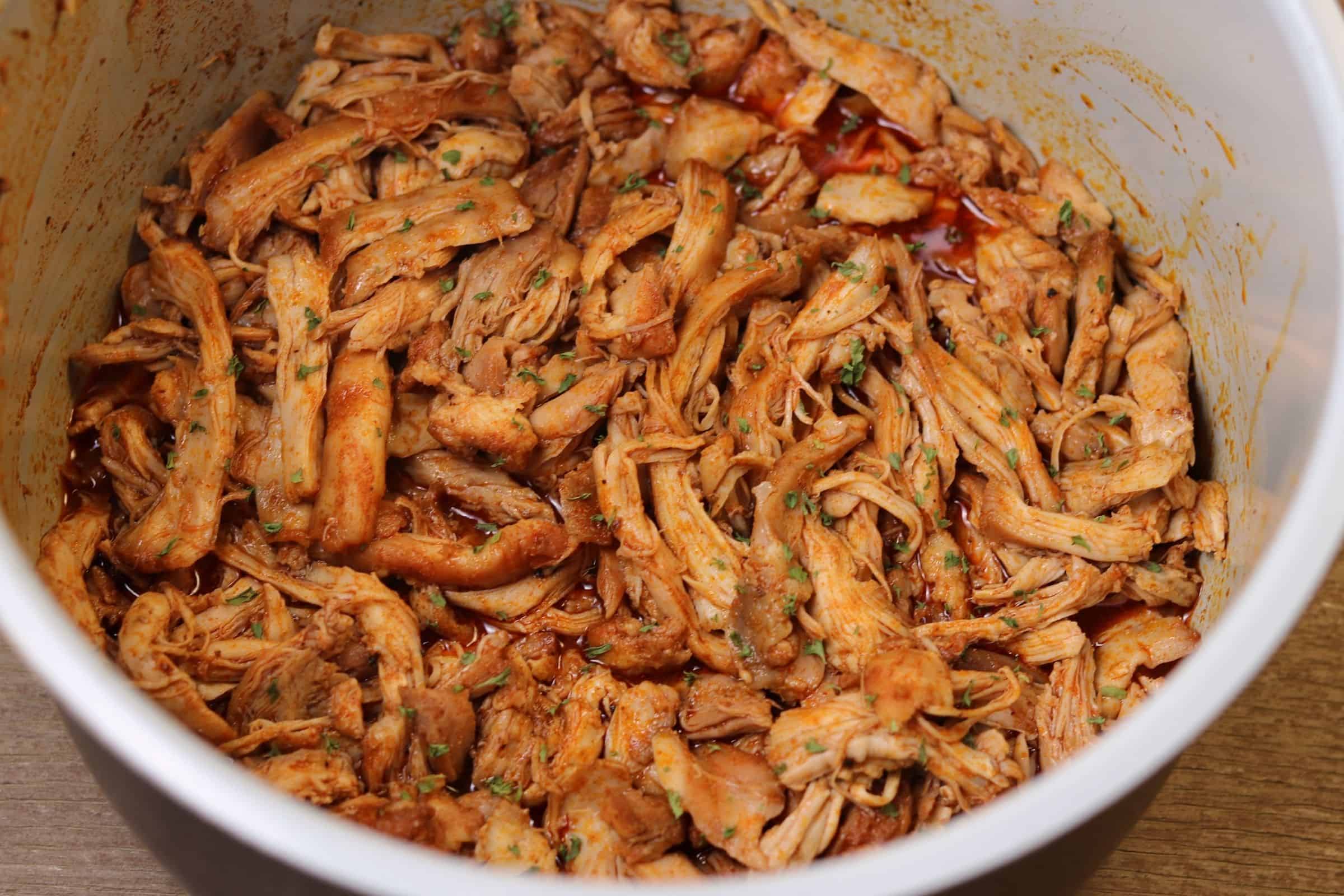Delicious and Easy: Caramelizing Asparagus
Asparagus is a versatile and nutritious vegetable that can be prepared in a variety of ways. One popular method of cooking asparagus is caramelizing it, which brings out its natural sweetness and adds a delicious flavor. If you’re looking to elevate your asparagus game, here’s a step-by-step guide on how to caramelize asparagus to perfection.
Choosing the Right Asparagus
When it comes to caramelizing asparagus, it’s important to start with fresh, high-quality asparagus spears. Look for firm, bright green spears with tightly closed tips. Avoid any limp or wilted asparagus, as these are signs of age and deterioration. Thin or thick asparagus can both be caramelized, so choose based on your preference.
Preparing the Asparagus
Before you can caramelize asparagus, you’ll need to prepare the spears. Start by rinsing the asparagus under cold water to remove any dirt or grit. Then, trim off the tough, woody ends of the spears. You can do this by gently bending each spear until it snaps naturally at the point where the tough part ends. Alternatively, you can use a knife to trim the ends.
Caramelizing the Asparagus
Now that your asparagus is prepped and ready, it’s time to caramelize it. Here’s a simple method for achieving perfectly caramelized asparagus:
- Heat the Pan: Start by heating a skillet or frying pan over medium-high heat. Add a small amount of olive oil or butter to the pan and allow it to heat up.
- Add the Asparagus: Once the pan is hot, add the prepared asparagus spears in a single layer. Allow them to cook undisturbed for a few minutes to develop a caramelized exterior.
- Seasoning: Sprinkle the asparagus with salt, pepper, and any other seasonings of your choice. This will enhance the flavor of the caramelized asparagus.
- Flip and Cook: Use tongs to flip the asparagus spears and continue cooking until they are tender-crisp and caramelized on all sides. This should take about 5-7 minutes, depending on the thickness of the spears.
- Finish with Flavor: For an extra burst of flavor, you can add a splash of balsamic vinegar or a sprinkle of grated Parmesan cheese to the caramelized asparagus just before serving.
Serving Suggestions
Once your asparagus is beautifully caramelized, it’s ready to be served. Caramelized asparagus makes a delicious side dish for a variety of meals. You can serve it alongside grilled chicken, steak, or fish. It also pairs well with pasta dishes or as a topping for salads. The sweet, savory flavor of caramelized asparagus is sure to be a hit at any meal.
Final Thoughts
Caramelizing asparagus is a simple yet impressive way to elevate this beloved vegetable. By following these easy steps, you can create perfectly caramelized asparagus that will delight your taste buds and impress your family and friends. Whether you’re cooking for a special occasion or simply want to add some pizzazz to your weeknight meals, caramelized asparagus is a fantastic choice.
So, the next time you’re looking for a delicious and easy way to enjoy asparagus, give caramelizing a try. You won’t be disappointed!
Caramelizing asparagus can elevate the humble vegetable into a star ingredient for a variety of dishes. For those looking to use this technique, they can try out recipes like Caramelized Asparagus and Garlic Shrimp Pasta, which combines the sweet, smoky flavors of caramelized asparagus with succulent shrimp. Another great option is Caramelized Asparagus and Lemon Herb Salmon, where the crisp asparagus complements the zesty, fresh taste of salmon. For something a bit more indulgent, Caramelized Asparagus and Goat Cheese Tart offers a rich, creamy experience with a perfect flaky crust. Lastly, Caramelized Asparagus and Sweet Potato Hash makes for a hearty and nutritious meal, blending the caramelized notes of asparagus with the natural sweetness of sweet potatoes. These recipes provide a delicious way to master the art of caramelizing asparagus while enjoying a variety of flavors and textures.
